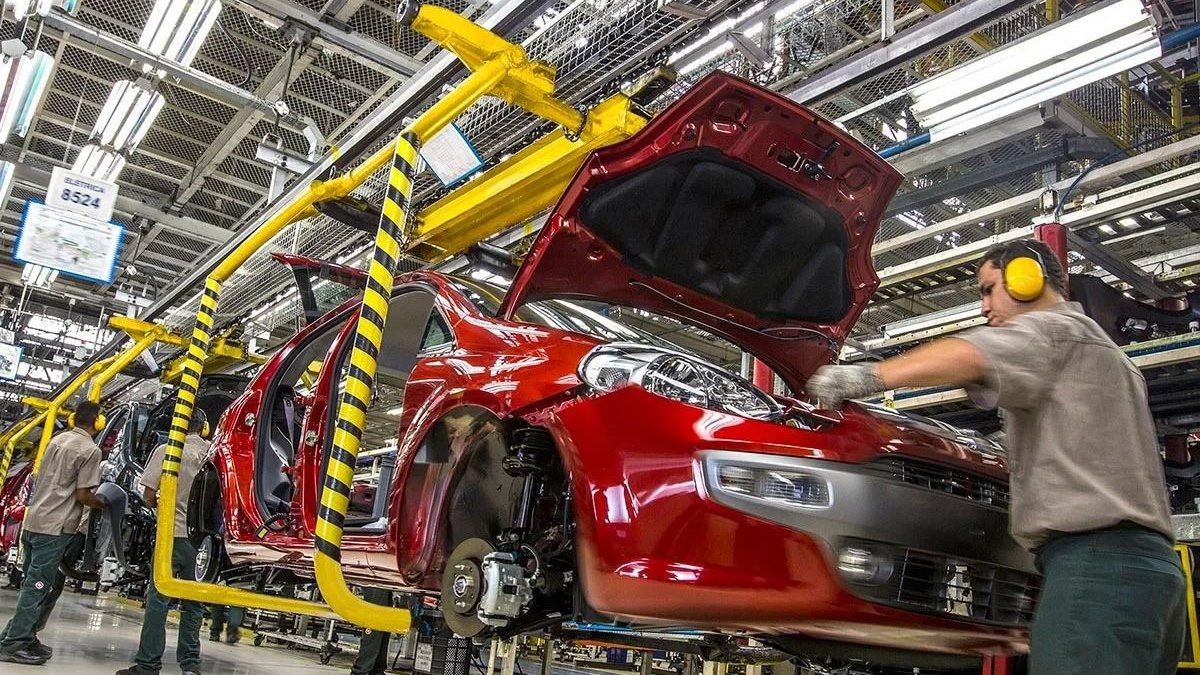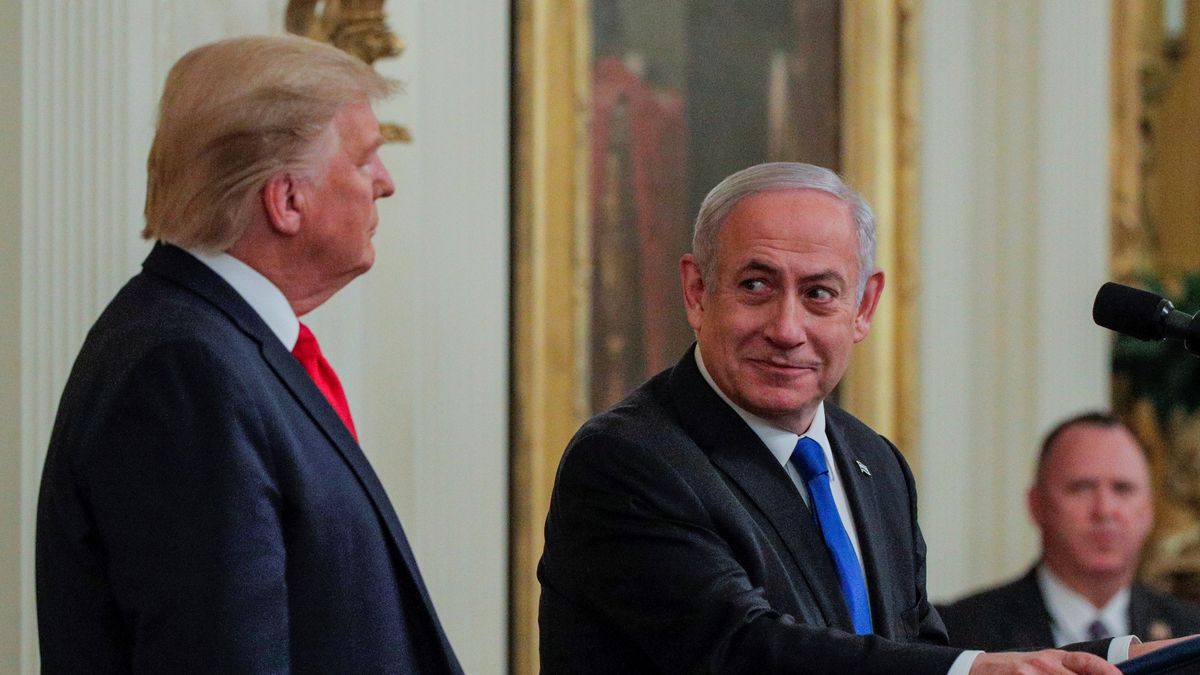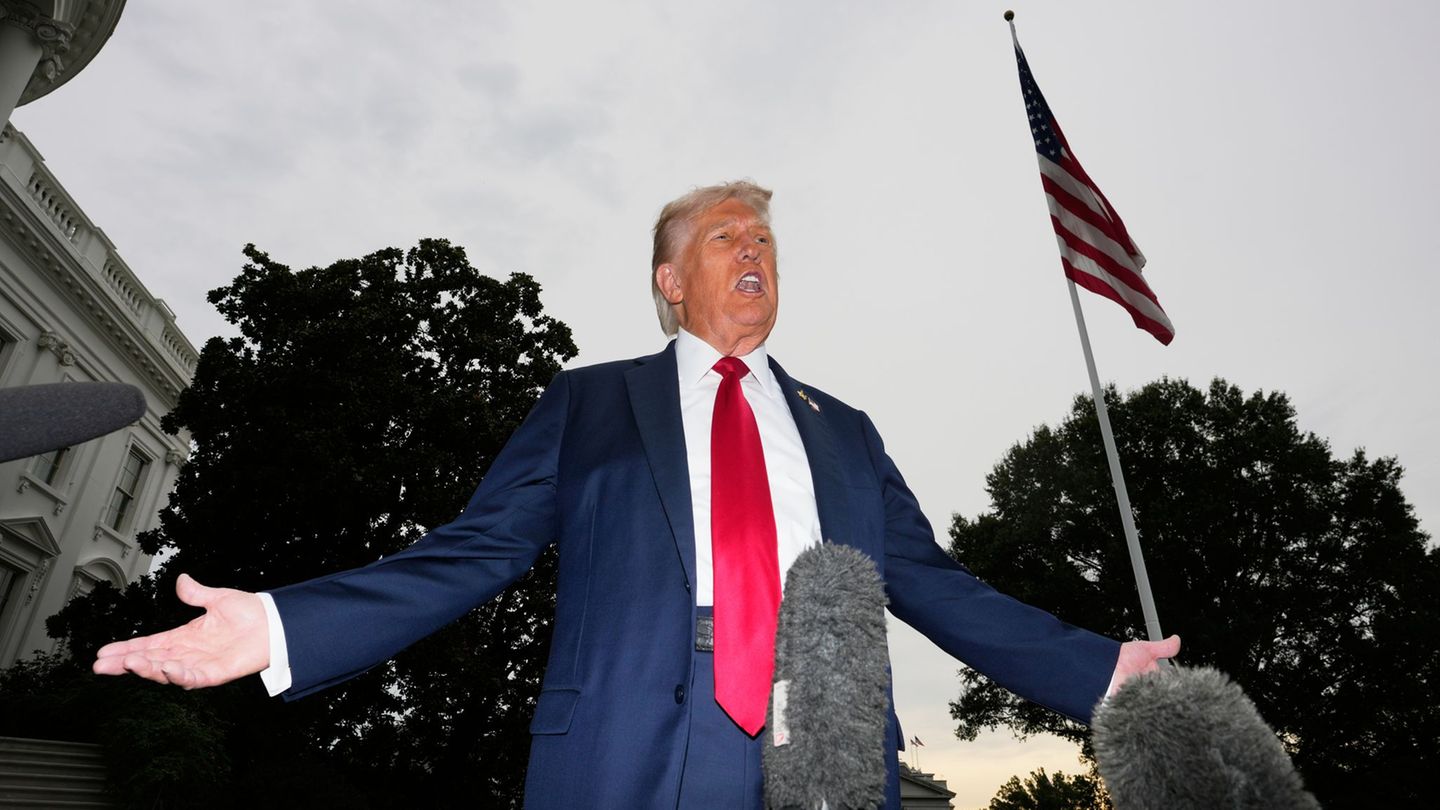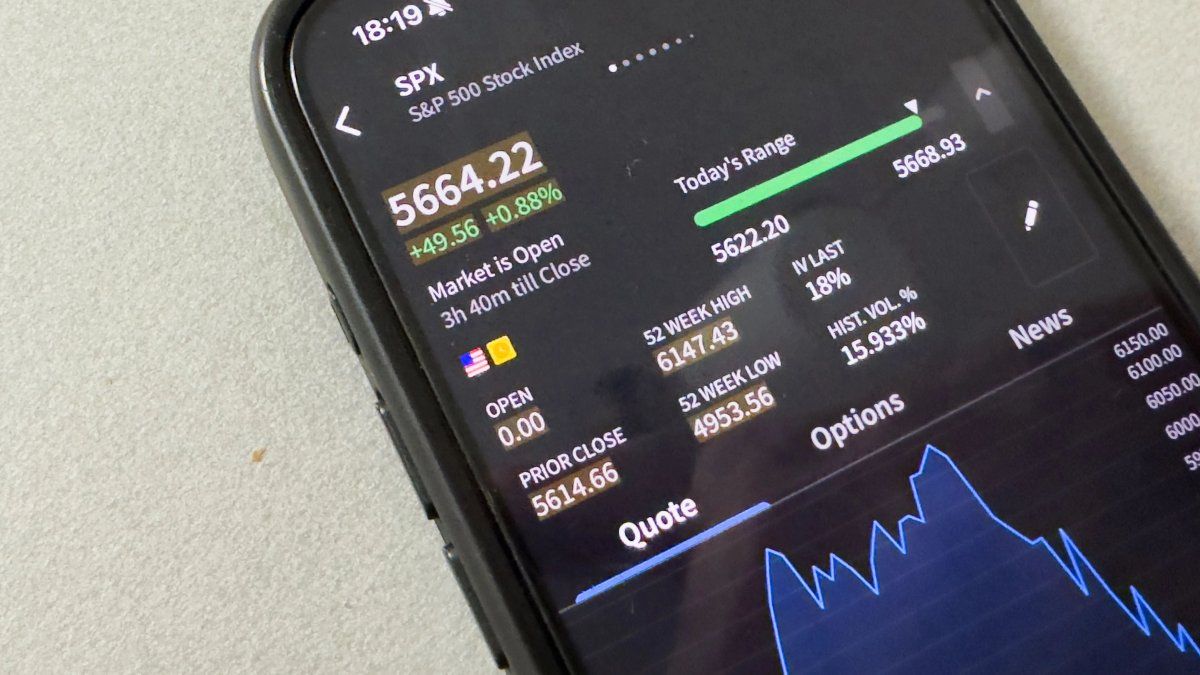So much so, that industry, one of the sectors that had been showing faster levels of recovery, had negative data in three of the last four periods. According to what Scope may have learned from official sources, in January the production showed a rebound again. According to preliminary data handled by the Secretariat of Productive Development energy consumption in factories, which is used to anticipate the level of activity, grew by 0.7% compared to the previous month and by 3.8% year-on-year.
The Automotive industry, the sector with the most weight in the manufacturing index with a weighting close to 12%, grew 8.7% in January compared to December and 45.8% compared to the same month in 2022. In the same period, the production of cement was also positioned in positive territory: 7.5% month-on-month and 8.9% year-on-year. In the official dispatches, they also highlight the level of employment in the sector, which, according to what they indicate, “is at the highest levels since 2018 with more than 86,000 registered employees.”
With all this combo, in the Government they see signs of recovery in the productive sector: “the use of installed capacity is at record levels. I spoke with the Minister of Labor and the requests for suspensions are still low, there were 37 in the last sixty days. We have problems, it is true, but we are far from being in a sectoral crisis,” De Mendiguren said in radio statements.
Imports and financing
INDEC data show that in 2022 industrial activity grew again. He average increase during the twelve months it was 4.3%, but the year closed with a stagnation in the quarterly comparison. Specifically, in December it contracted 1.2%, which leaves a minor statistical drag for the current period.
Among the industrialists consulted by Ámbitothere was coincidence that the main concern goes through the possibility of accessing inputs. A report by the consulting firm Ecolatina also puts the issue of imports as one of the points to take into account for 2023, especially in the face of a possible drop in exports due to the effects of the drought.
Another of the key points that they point out in the sector is linked to financing. The rate hikewhich seeks to alleviate the exchange front and mitigate the impact of inflation, also has its correlate in access to credit, although The Government has been deploying a package of lines that will invest some $250,000 million in production. However, the industrialists warn that the level of financing will be “central to sustain and increase the use of installed capacity and investments.”
Source: Ambito




